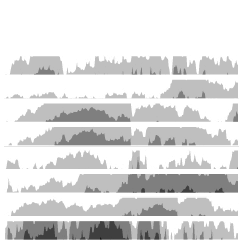One might assume decisions that swing economies worldwide were based on careful research and calculations. That appears to not be the case with the administration’s recent tariffs, as first pointed out by James Surowiecki:
Just figured out where these fake tariff rates come from. They didn’t actually calculate tariff rates + non-tariff barriers, as they say they did. Instead, for every country, they just took our trade deficit with that country and divided it by the country’s exports to us.
So we have a $17.9 billion trade deficit with Indonesia. Its exports to us are $28 billion. $17.9/$28 = 64%, which Trump claims is the tariff rate Indonesia charges us. What extraordinary nonsense this is.
The administration, which did not provide insight into how the rates were calculated for trade on a global scale, eventually confirmed the above. They provide a formula with math symbols, perhaps to seem more official, but it amounts to a spreadsheet calculation between two columns.
They deemed real estimates to be too complex. So they printed a table with big numbers and called it reciprocal. It combines the Faker and the Descriptor from the DADC.

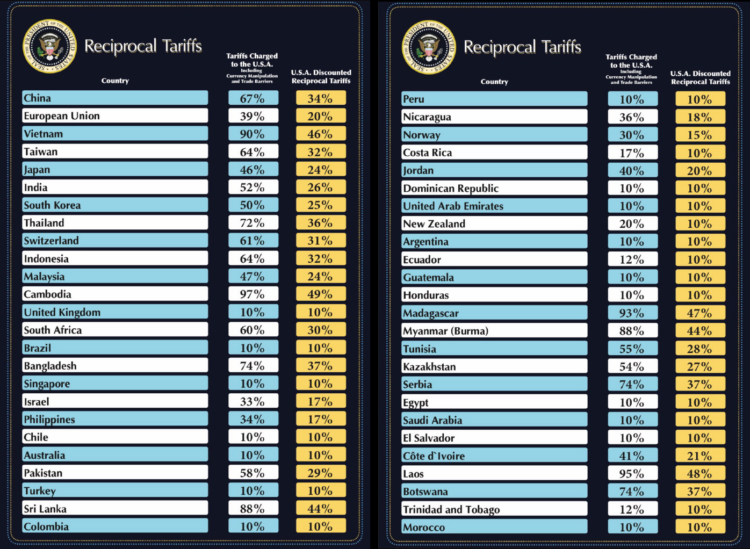

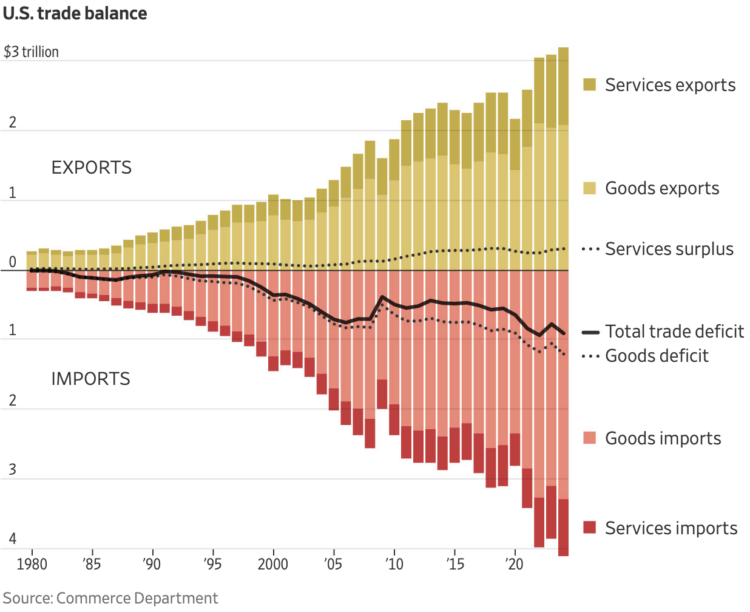
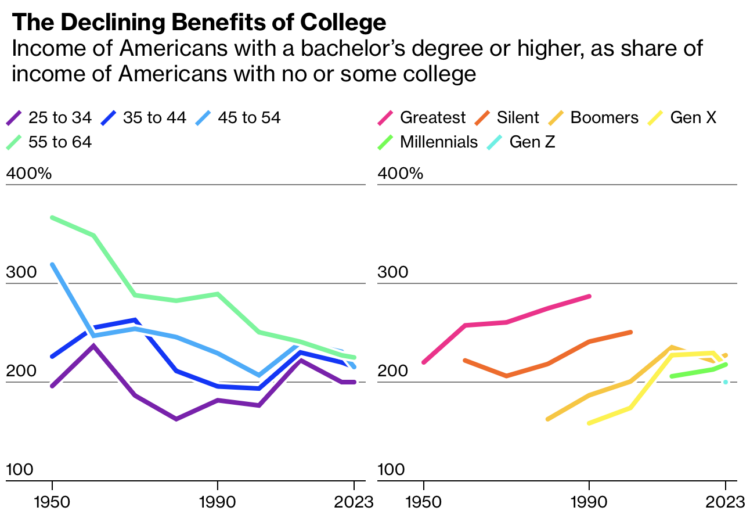

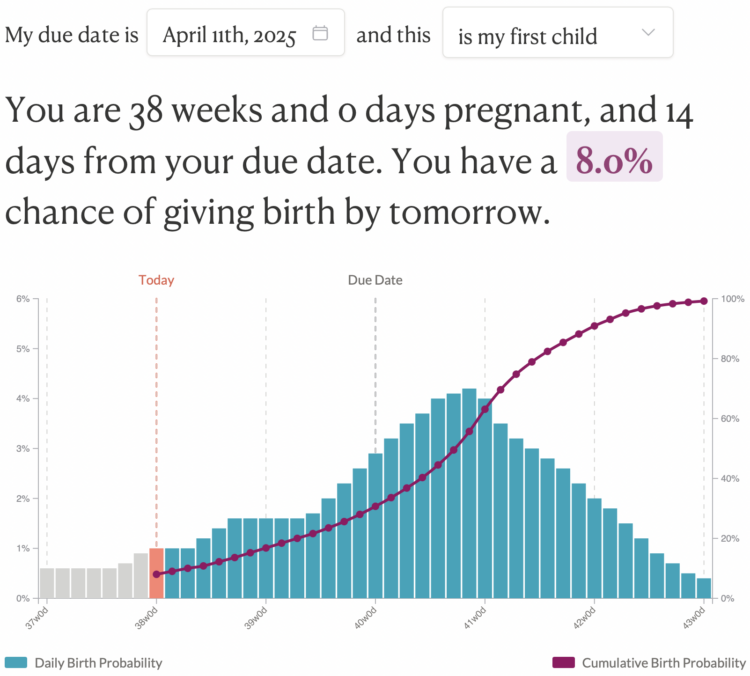
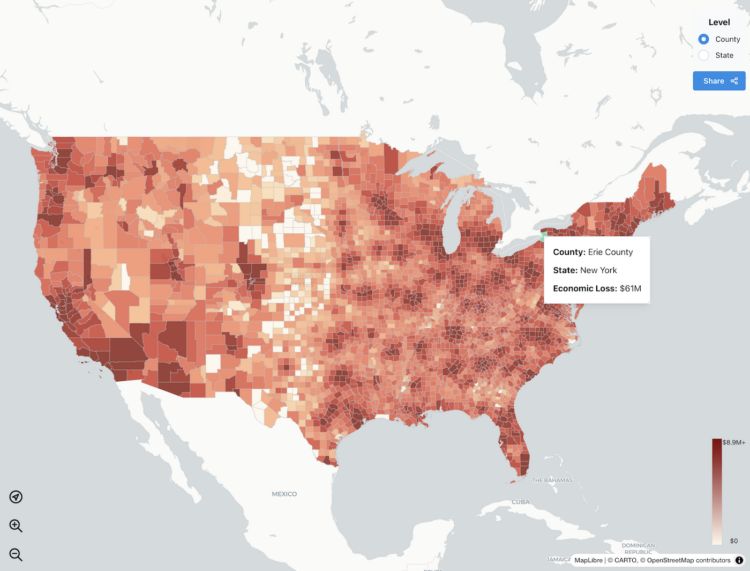



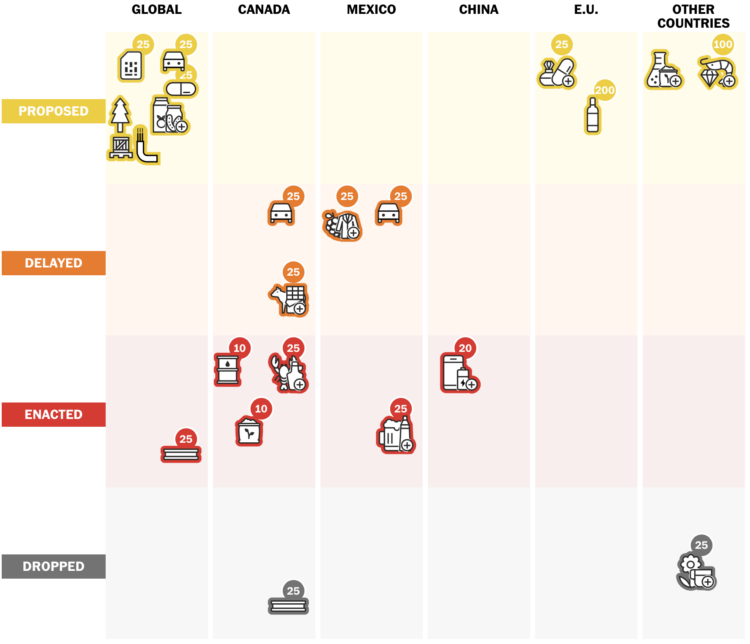



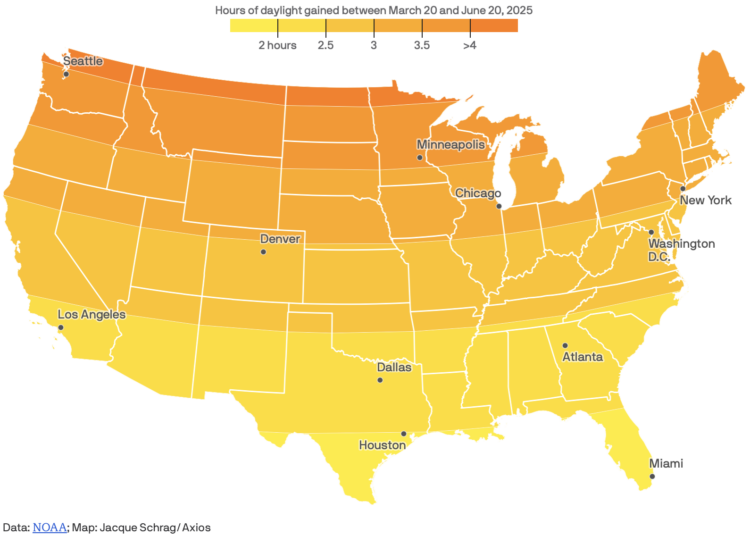
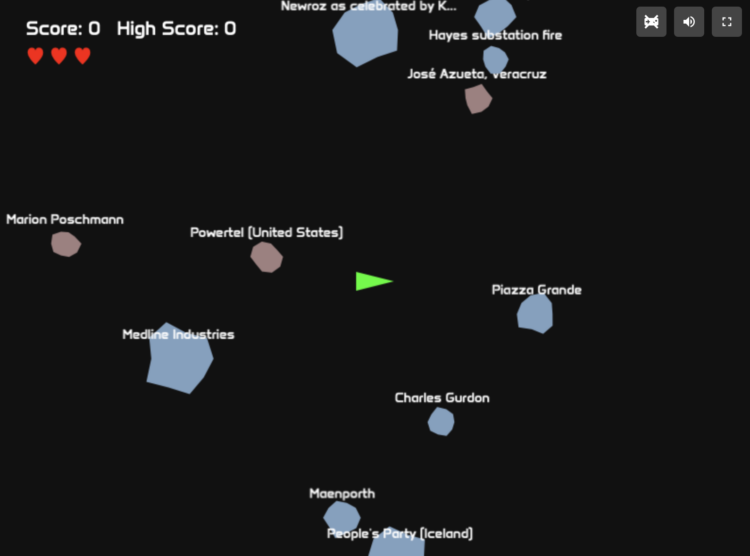
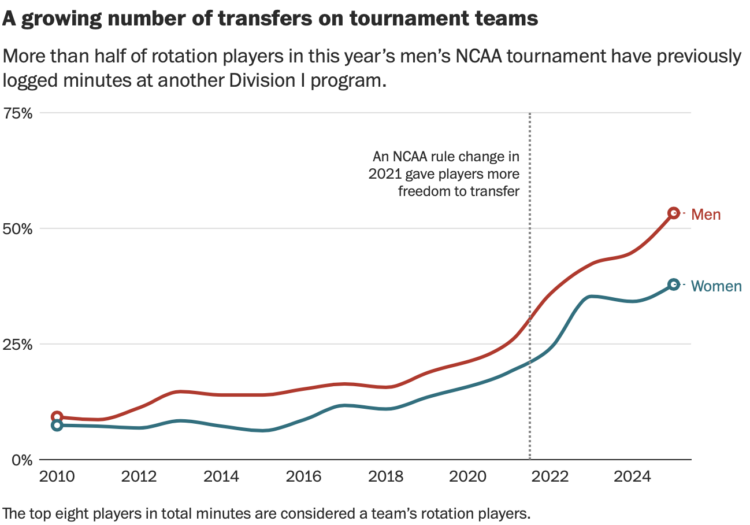
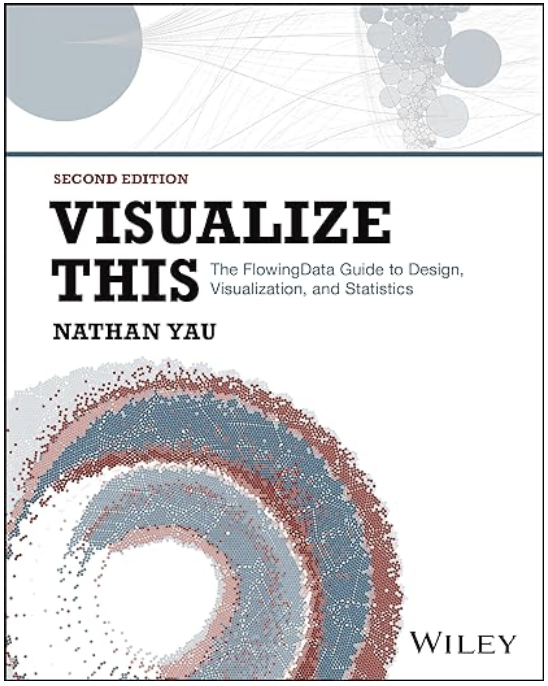 Visualize This: The FlowingData Guide to Design, Visualization, and Statistics (2nd Edition)
Visualize This: The FlowingData Guide to Design, Visualization, and Statistics (2nd Edition)








